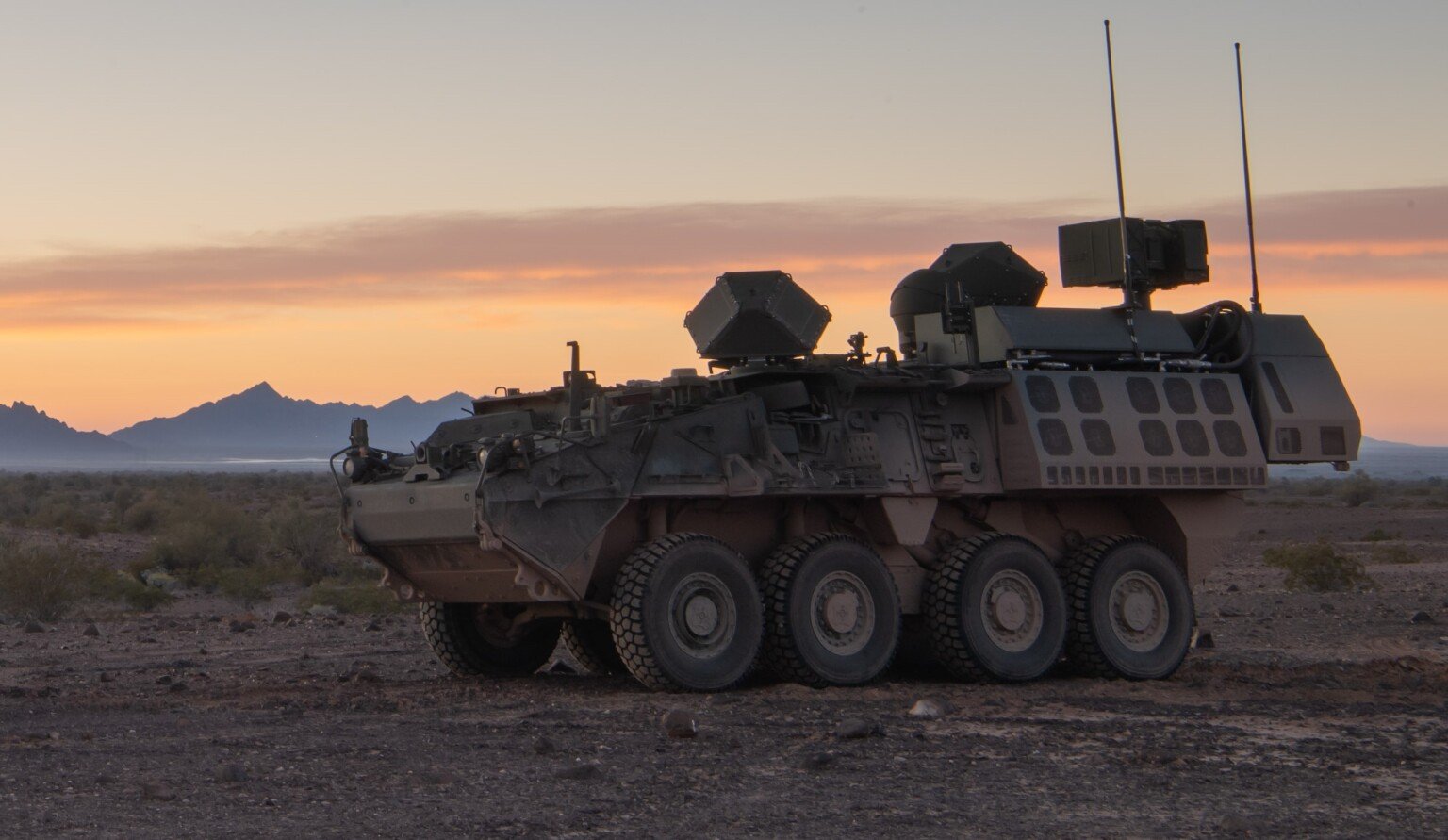The US Department of Defense has unveiled a strategic shift in its research and development initiatives, directing attention and resources toward six Critical Technology Areas identified as essential for current and future military operations. This move underscores the military’s commitment to maintaining its competitive edge in an evolving global landscape.
Key areas of focus include applications of artificial intelligence and biomanufacturing techniques that leverage engineered microorganisms to produce critical materials domestically for military use. These advancements are expected to enhance self-sufficiency and resilience in material production, reducing dependency on external suppliers.
Another significant component of the strategy is the development of contested logistics technologies. These innovations aim to optimize the movement and resupply of military forces in environments where adversaries may challenge or disrupt traditional supply lines. By integrating predictive logistics and autonomous delivery systems, the military seeks to streamline operations and enhance operational effectiveness.
The department is also prioritizing quantum technologies and battlefield information dominance. These efforts are designed to ensure robust communications, advanced sensing, and reliable navigation in conditions that may compromise traditional systems. This emphasis reflects a broader goal of securing information superiority in modern combat scenarios.
Additionally, the plan highlights the importance of directed-energy systems. This includes the expansion of high-energy lasers and high-power microwave weapons, which are intended to provide fast, cost-effective response options in various combat situations. These advancements are seen as pivotal not only for offensive capabilities but also for defense against emerging threats.
A further focus is on scaling hypersonics, with initiatives aimed at increasing production capacity while reducing costs. Expanding the availability of hypersonic strike weapons across the military is viewed as a critical step in enhancing the US’s strategic capabilities in fast-evolving conflict environments.
Emil Michael, Under Secretary of War for Research and Engineering, emphasized that these six areas are vital for delivering actionable results to military forces. His remarks were echoed by Secretary of War Pete Hegseth, who articulated the importance of these technological areas in ensuring that US forces retain an operational advantage equipped with cutting-edge tools.
Reflecting the commitment to advancing innovation, Washington is aligning military equipment updates with contemporary operational needs, including initiatives led by the Defense Innovation Unit (DIU). Recent efforts include the selection of ten finalists in the DIU’s Counter-small Unmanned Aircraft System Low-Cost Sensing challenge, launched earlier this year. This initiative involves collaboration with various branches of the military, focusing on developing systems that utilize a range of sensors to fulfill critical detection needs while also aiming to significantly reduce total ownership costs.
In another demonstration of rapid innovation, the US recently unveiled 18 domestically produced drone prototypes designed for quick deployment. These systems, primarily constructed from commercial off-the-shelf components, progressed from concept to prototype within just 18 months, showcasing an agile approach to military technology development.
Overall, this strategic focus not only aims to enhance the effectiveness and efficiency of US military operations but also signifies a proactive stance in navigating the challenges posed by a dynamic global security environment.



















